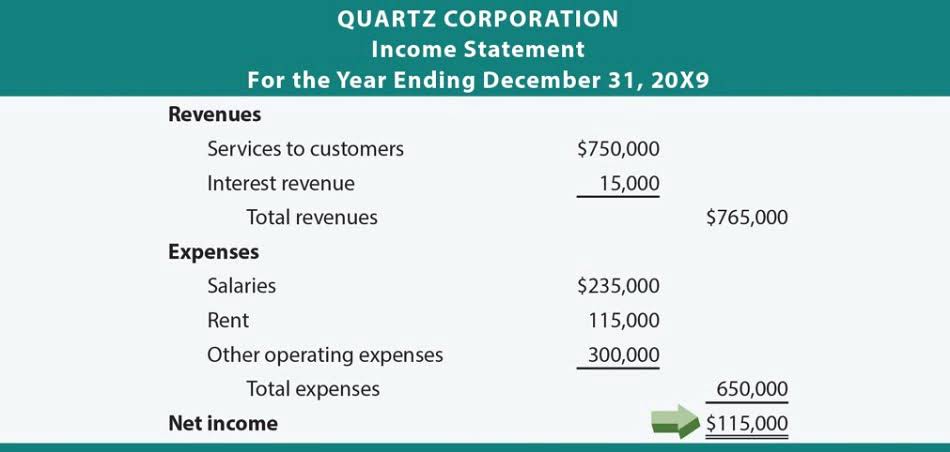
While a high Current Ratio is generally positive, an excessively high ratio may indicate underutilized assets. It’s essential to consider industry norms and the company’s specific circumstances. For example, in some industries, like technology, companies may maintain lower Current Ratios as their assets are less liquid but still maintain financial health. A Current Ratio greater than 1 indicates that a company has more assets than liabilities in the short term, which is generally considered a healthy financial position.

Operational Efficiency – Why Is the Current Ratio Important to Investors and Stakeholders?
Investors and stakeholders can use the current ratio to make investment decisions. A company with a high current ratio may be considered a safer investment than one with a low current ratio, as it can better meet its short-term debt obligations. We’ll also explore why the current ratio is essential to investors and stakeholders, the limitations of using the current ratio, and factors to consider when analyzing a company’s current ratio. In this example, although both companies seem similar, Company B is likely in a more liquid and solvent position. An investor can dig deeper into the details of a current ratio comparison by evaluating other liquidity ratios that are more narrowly focused than the current ratio.

How to calculate the current ratio from the balance sheet?
Small business owners should keep an eye on this ratio for their own company, and investors may find it useful to compare the current Bookkeeping for Veterinarians ratios of companies when considering which stocks to buy. A current ratio of less than one indicates that current liabilities outweigh current assets and that working capital is negative. Creditors use this ratio to determine if a company can be provided with short-term debt. It demonstrates a company’s ability to transform assets into cash in order to pay short-term creditors.
How To Calculate?
This can be achieved by paying off short-term debts, negotiating longer payment terms with suppliers, or reducing the amount of outstanding accounts payable. The growth potential of the industry can affect a company’s current ratio. Companies may need to maintain higher current assets in industries with high growth potential to exploit growth opportunities. Current ratio is a number which simply tells us the quantity of current assets a business holds in relation to the quantity of current liabilities it bookkeeping is obliged to pay in near future. Since it reveals nothing in respect of the assets’ quality, it is often regarded as crued ratio.
- Our mission is to empower readers with the most factual and reliable financial information possible to help them make informed decisions for their individual needs.
- After almost a decade of experience in public accounting, he created MyAccountingCourse.com to help people learn accounting & finance, pass the CPA exam, and start their career.
- By generating more revenue, a company can increase its cash reserves and accelerate accounts receivable collections, improving its ability to meet short-term obligations.
- As a general rule of thumb, a current ratio between 1.2 and 2 is considered good.
- A current ratio of 1, meaning that a company’s assets and liabilities are equal, is considered acceptable.
- Some finance sites also give you the ratio in a list with other common financials, such as valuation, profitability and capitalization.
- Let’s say a business has $150,000 in current assets and $100,00 in current liabilities.
- By increasing its current assets, a company can improve its ability to meet short-term obligations.
- Inventory and prepaid assets are not as highly liquid as other current assets because they cannot be quickly and easily converted into cash at a known value.
- Let us compare the current ratio and the quick ratio, two important financial metrics that provide insights into a company’s liquidity.
- Banks would prefer a current ratio of at least 1 or 2, so that all the current liabilities would be covered by the current assets.
This can be achieved by increasing cash reserves, accelerating accounts receivable collections, or reducing inventory levels. By increasing its current assets, a company can improve its ability to meet short-term obligations. While Company D has a lower current ratio than Company C, it may not necessarily be in worse financial health. The retail industry typically has high inventory levels, which can increase a company’s current assets and current ratio.


So, let’s dive into our current ratio guide and explore this essential financial metric in detail. If all current liabilities of Apple had been immediately due at the end of 2021, the company could have paid all of its bills without leveraging long-term assets. Though they may appear to have the same level of risk, analysts would have different expectations for the current ratio equals each company depending on how the current ratio of each had changed over time.

How confident are you in your long term financial plan?
Company A also has fewer wages payable, which is the liability most likely to be paid in the short term. For example, in one industry, it may be more typical to extend credit to clients for 90 days or longer, while in another industry, short-term collections are more critical. Ironically, the industry that extends more credit actually may have a superficially stronger current ratio because its current assets would be higher. Finally, the operating cash flow ratio compares a company’s active cash flow from operating activities (CFO) to its current liabilities. This allows a company to better gauge funding capabilities by omitting implications created by accounting entries. A current ratio that is in line with the industry average or slightly higher is generally considered acceptable.



